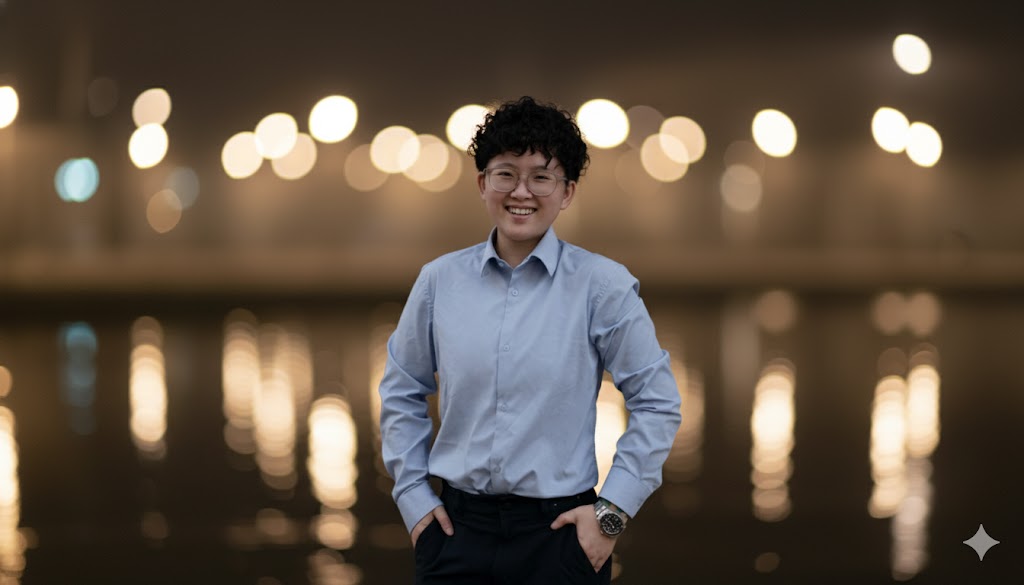For a biotech world often focused on oncology and gene editing, Hemab Therapeutics has carved out a very different frontier: rare, inherited bleeding disorders that have long gone overlooked. The company has raised $157 million in a Series C round, a multifold oversubscribed financing led by Sofinnova Partners, with participation from a global sovereign wealth fund, a large long-only asset manager, and Avoro Capital Advisors, alongside existing backers such as RA Capital Management, Novo Holdings, and HealthCap.
The infusion positions Hemab, led by CEO Benny Sørensen, MD, PhD, to move its lead therapy sutacimig (formerly HMB-001) into registration studies for Glanzmann Thrombasthenia (GT) in 2026, following successful Phase 2 data. A second candidate, HMB-002, is advancing in Von Willebrand Disease (VWD) with proof-of-mechanism results that target the condition’s root cause by boosting both VWF and Factor VIII levels.
“The quality of our investor syndicate and this significant financing validate our approach and enable us to continue building what we believe will become the ultimate clotting company,” said Sørensen. “We carefully listen to people living with clotting diseases and collaborate closely with families to deliver 21st-century treatment options.”
The round also brings Joe Anderson, PhD, Partner at Sofinnova Partners, to Hemab’s board. Anderson called Hemab “a standout in the biotech landscape,” citing its patient-centric approach and “deep scientific excellence across multiple clinical programs.”
The bigger picture
In a landscape where investment often gravitates toward high-visibility areas like oncology, Hemab’s raise underscores growing conviction in rare-disease therapeutics as a sustainable frontier. With prophylactic treatments transforming hemophilia care in the past decade, similar innovation for GT and VWD has lagged behind. Hemab’s therapies aim to close that gap — not with reactive fixes, but with disease-modifying solutions that could redefine long-term management for patients.
The funding also reflects a shift among institutional investors toward precision medicine with clear unmet need — where clinical differentiation can translate into durable pricing power and strong regulatory support. With parallel programmes like HMB-003 expected to debut in 2026, Hemab is expanding toward its goal of becoming a comprehensive “clotting company.”
Execution, however, remains key. Translating early-stage promise into global regulatory approval will test both scientific rigour and operational maturity. Yet, with this $157 million raise and a syndicate of deeply aligned investors, Hemab Therapeutics appears better equipped than ever to turn rare bleeding disorders into a mainstream innovation story.
If you need further assistance or have any corrections, please reach out to editor@thetimesmag.com.
For more such articles, visit www.thetimesmag.com.











